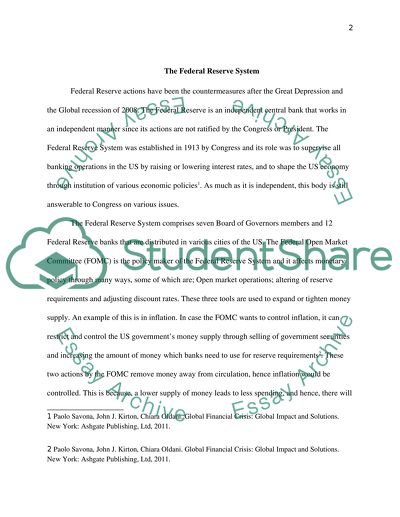Cite this document
(“Federal Reserve Actions during the Great Depression in 1929 and 1930, Essay”, n.d.)
Retrieved from https://studentshare.org/macro-microeconomics/1393878-a-comparison-of-the-federal-reserve-actions-during
Retrieved from https://studentshare.org/macro-microeconomics/1393878-a-comparison-of-the-federal-reserve-actions-during
(Federal Reserve Actions During the Great Depression in 1929 and 1930, Essay)
https://studentshare.org/macro-microeconomics/1393878-a-comparison-of-the-federal-reserve-actions-during.
https://studentshare.org/macro-microeconomics/1393878-a-comparison-of-the-federal-reserve-actions-during.
“Federal Reserve Actions During the Great Depression in 1929 and 1930, Essay”, n.d. https://studentshare.org/macro-microeconomics/1393878-a-comparison-of-the-federal-reserve-actions-during.


